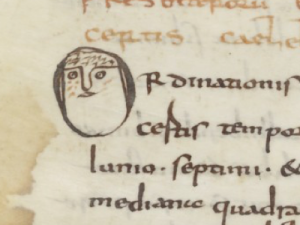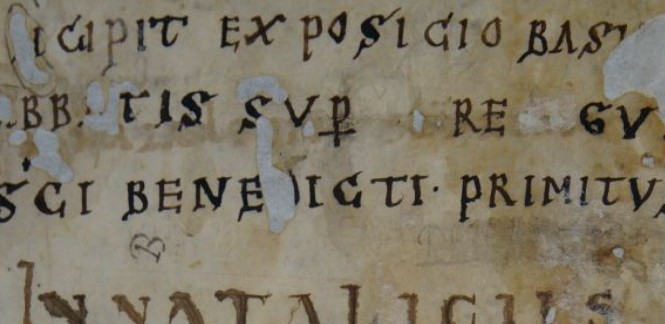The Collectio quadrigentorum capitulorum, the Collection in 400 chapters (or: Collectio 400 from hereon) has caught my interest some years back and it has continued to intrigue me. There are several reasons for it, but one must be Friedrich Maassen’s remark on the collection in his 1870 important work Geschichte der Quellen und Literatur des kanonischen Rechtes that the arrangement of this seemingly very sophisticated systematic collection is ‘ohne Plan’, – ‘without a plan’ – observing that the text abruptly jumps from one subject to the other. Hubert Mordek confessed that ’with the best will in the world’ he could find no system in this systematically arranged collection either.[1] Reconciling the obvious richness in source material available to the compiler of the Collectio 400 with its perceived disorganisation offers a very attractive challenge. But just as challenging, as I found out, is the puzzle of identifying the collection’s sources and their provenances, and digging deeper it produces more insular connections than obvious at first instance. Before exploring these connections, though, let me first very briefly introduce the Collectio 400.

The canonical collection named ‘Die Sammlung in 400 Capiteln’ by Friedrich Maassen (in one of his less inspired moments) is one of the many products of the vigorous canonical activity of the eighth and ninth centuries. It is a systematically arranged collection featuring just over 400 chapters comprising ecclesiastical rules from a wealth of sources ranging from Roman secular law, ecumenical councils, papal letters, Gallic synods, Irish and Anglo-Saxon penitentials, to theological treatises and, importantly, the Bible.[2]
 First, some wisdom from old:
First, some wisdom from old:
 Contrary to Mordek (Bibliotheca capitularium manuscripta, p. 774), I found the first quires to be structured thus:
Contrary to Mordek (Bibliotheca capitularium manuscripta, p. 774), I found the first quires to be structured thus:  According to Glatthaar (Bonifatius und das Sakrileg, p. 458), the first folio may have been a replacement of an older page, which – being the first folio of a book – was (at risk of being) damaged. The implication is that the later copyist of this page copied exactly the same text as the original. Or, Glatthaar concedes, the page was found elsewhere and added since it fitted.
According to Glatthaar (Bonifatius und das Sakrileg, p. 458), the first folio may have been a replacement of an older page, which – being the first folio of a book – was (at risk of being) damaged. The implication is that the later copyist of this page copied exactly the same text as the original. Or, Glatthaar concedes, the page was found elsewhere and added since it fitted.